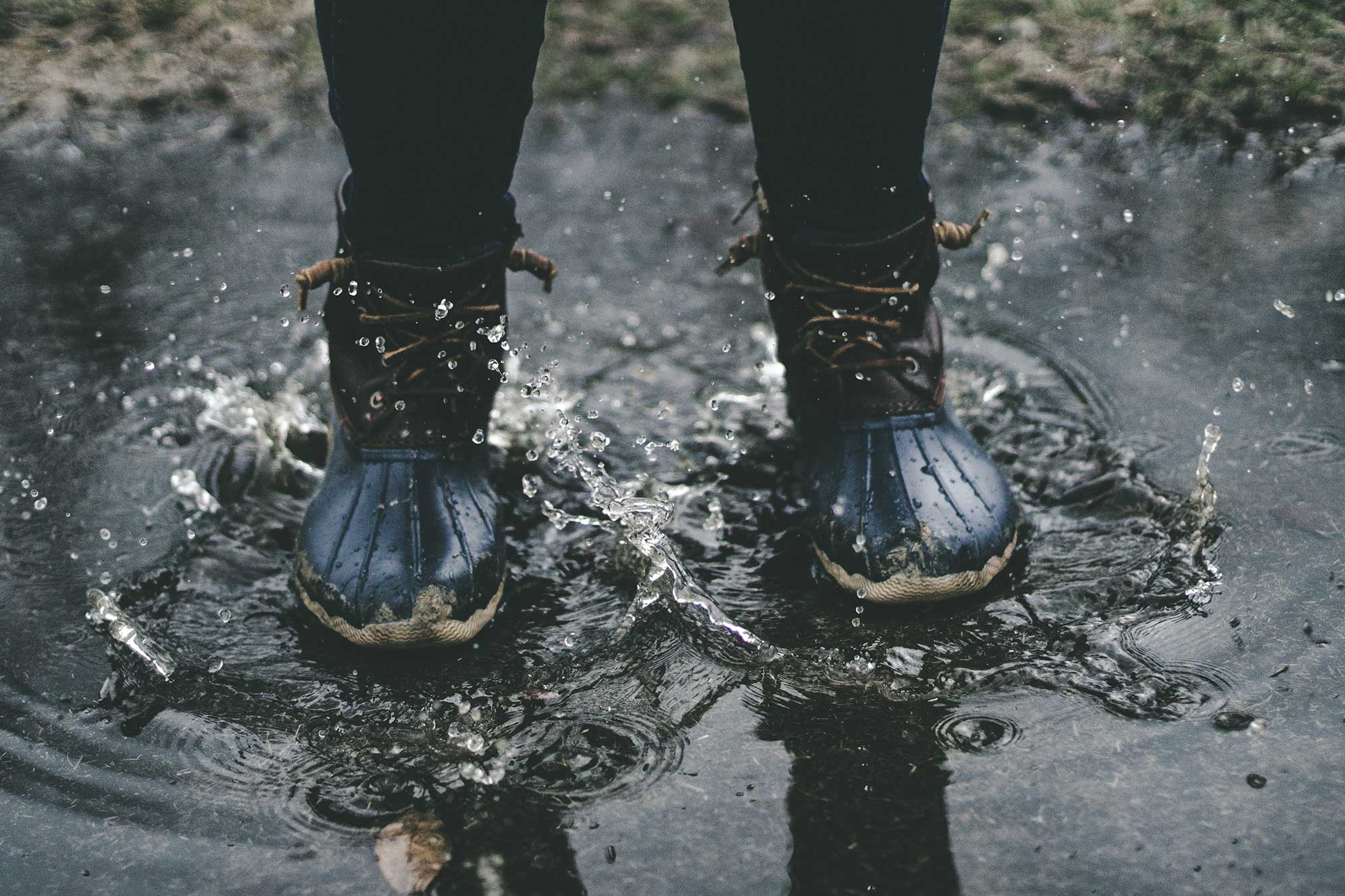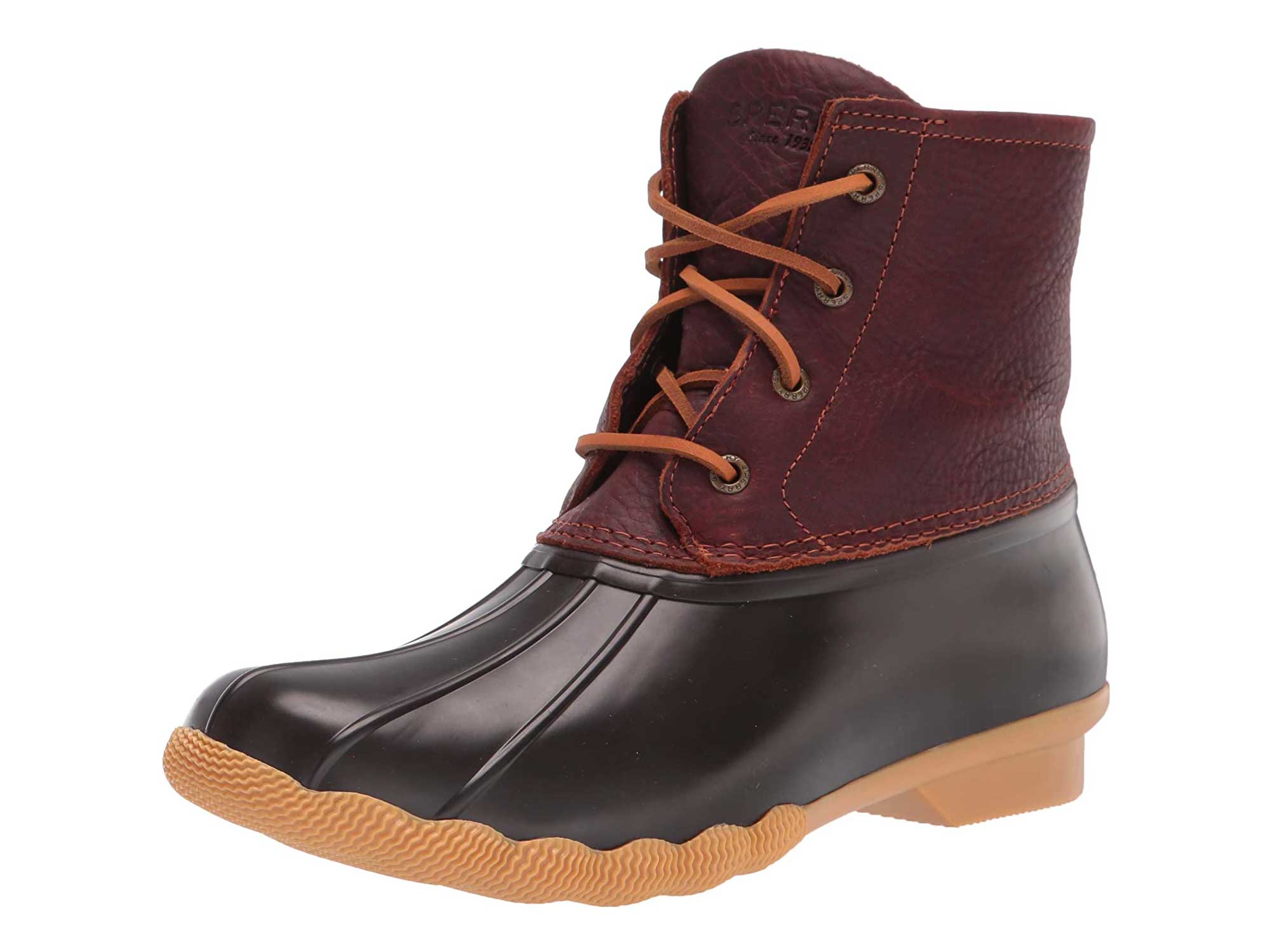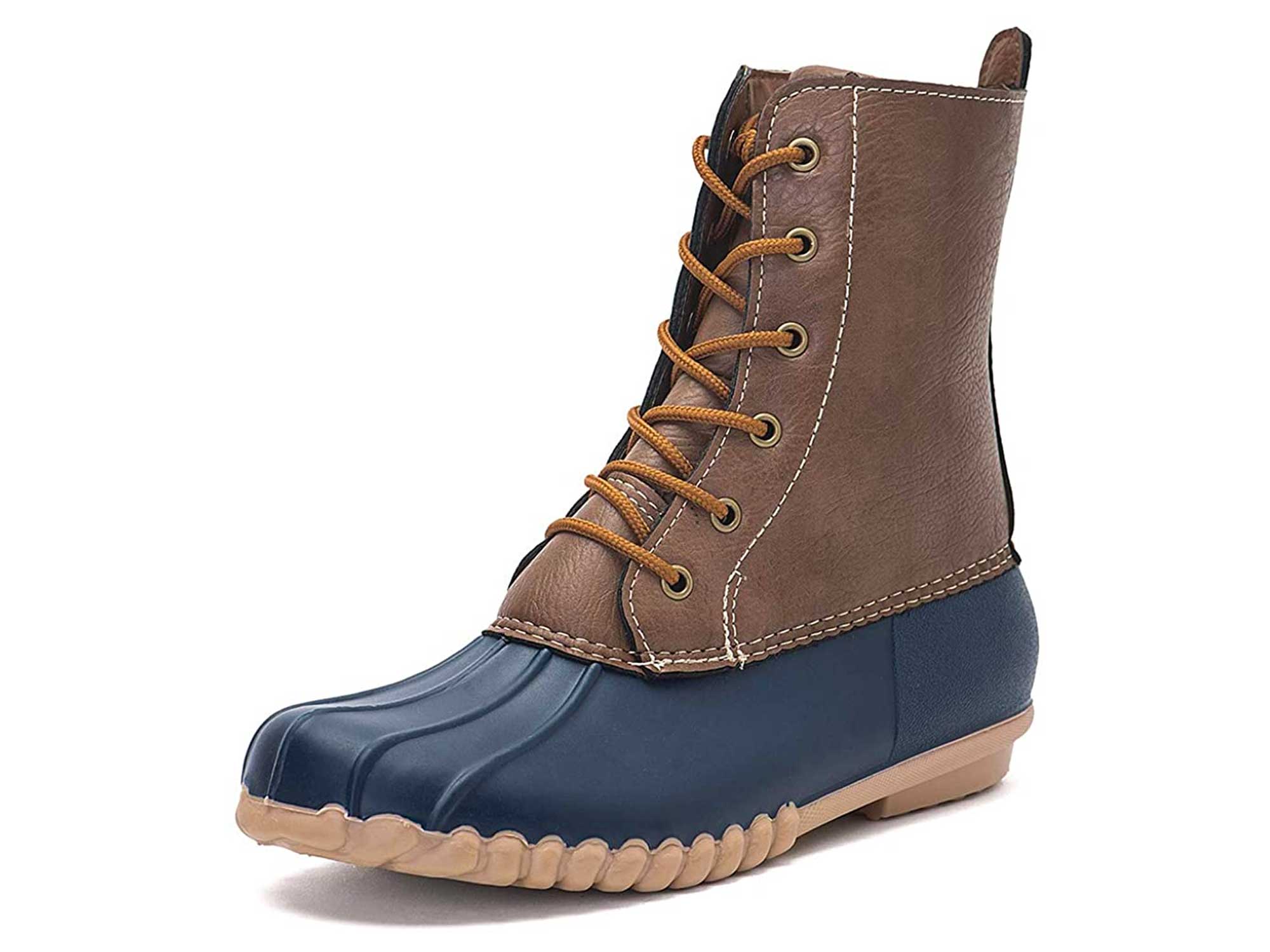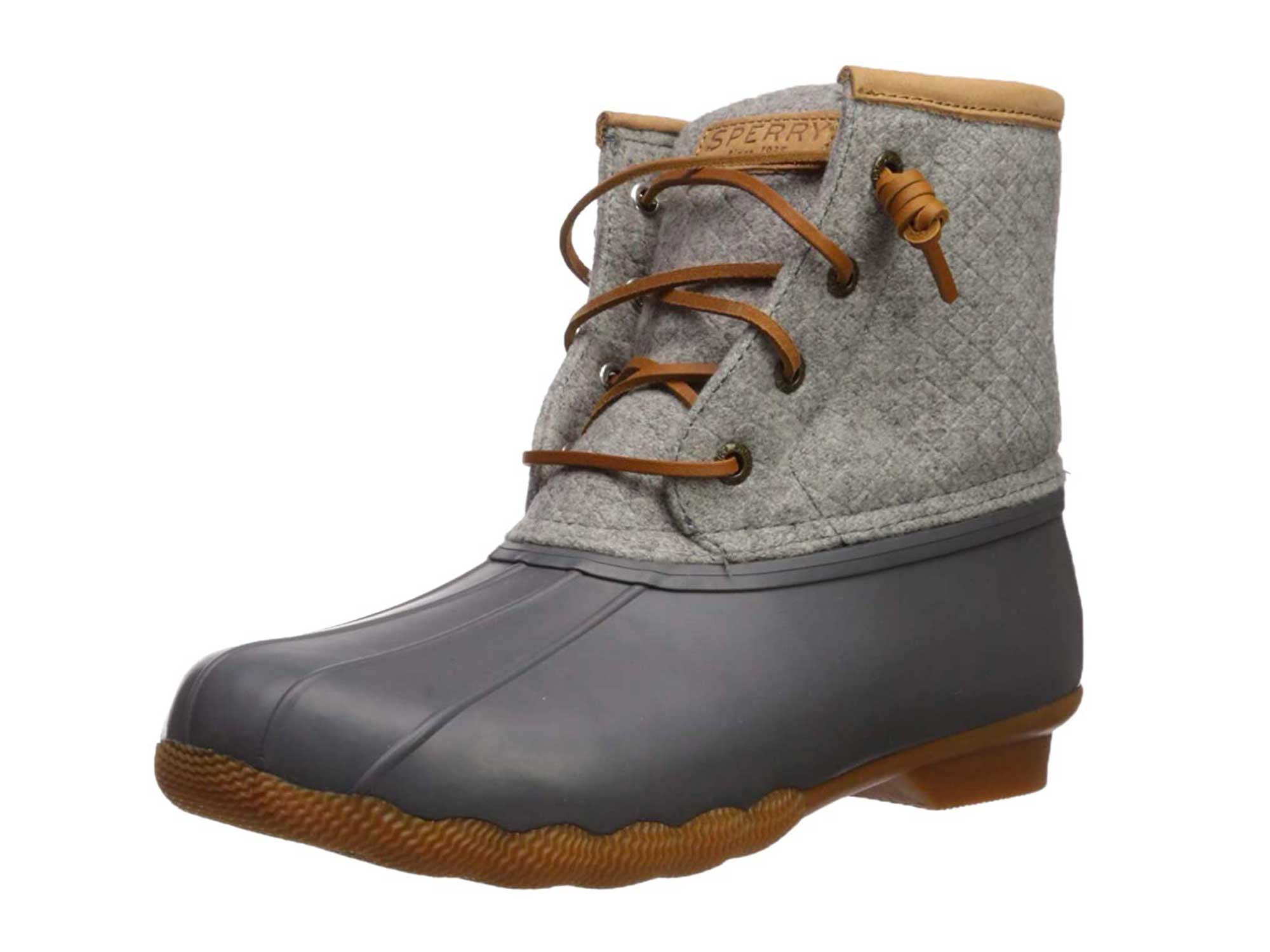We may earn revenue from the products available on this page and participate in affiliate programs. Learn More ›
Whether for work or for play, we all have to make our way through rain, sleet, and snow. Rain boots in particular can be tricky to choose, because precipitation doesn’t restrict itself to warm or cold weather. Get duck boots, though, and you’ll move across landscapes and through the seasons with ease. But how well they do that, and how durable they remain, varies by make, material, and sole.
With rain boots, performance is not only about keeping moisture out, but also about keeping you stable on slippery terrain. Boot tread matters, and, somewhat counterintuitively, an aggressive tread is not always better for rain or ice. Although a lugged sole does add support for muddy conditions, traction in rain is about a slip-resistant grip. A bit of heft or weight to the sole adds stability, too.
When choosing boots, consider the conditions—temperature, moisture, and ice—but also in terms of how often, and with what speed and ease, you’ll be putting them on and taking them off. Lacing takes time, which is well worth it if you’ll be putting on the miles in intense weather conditions, but less so if you’re just grabbing the mail. Zippers and back pull tabs speed up the process.
If you live somewhere perpetually cold, a heavily insulated boot may be the way to go. But if temperature and precipitation vary and you want your boots to function across seasons, a thinner or shorter ankle shaft will likely mean you’ll reach for them more. Seasonally appropriate, moisture-wicking socks will let you easily customize the same boots for different weather conditions.



























